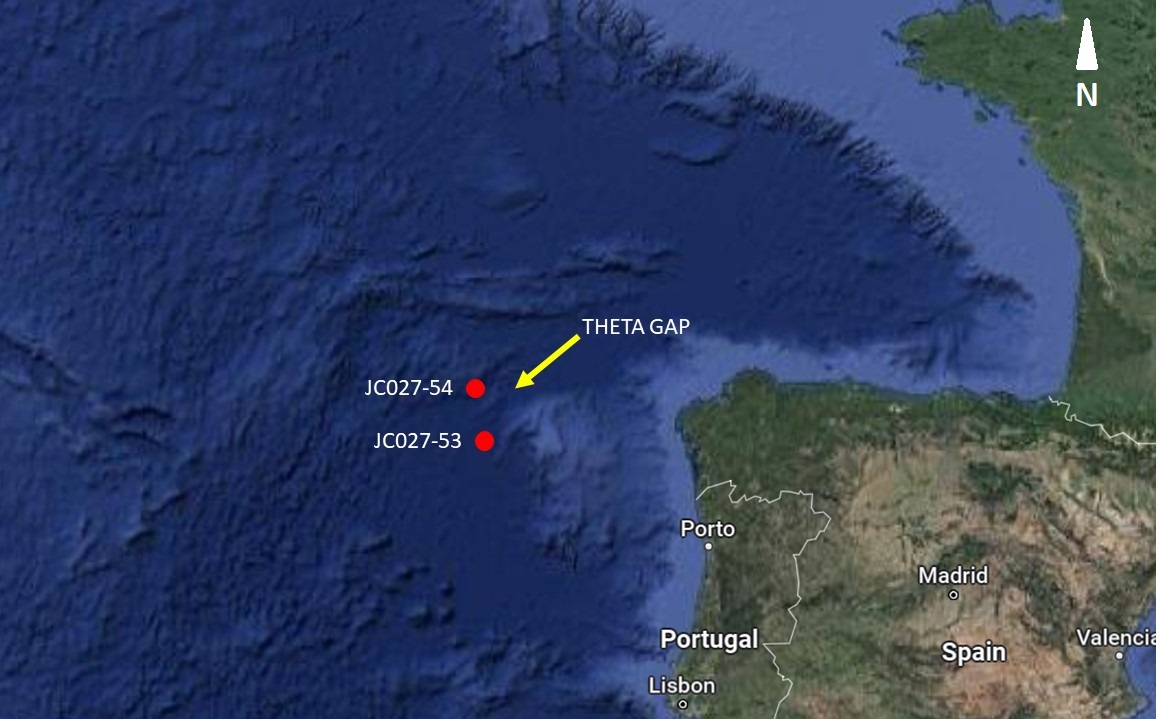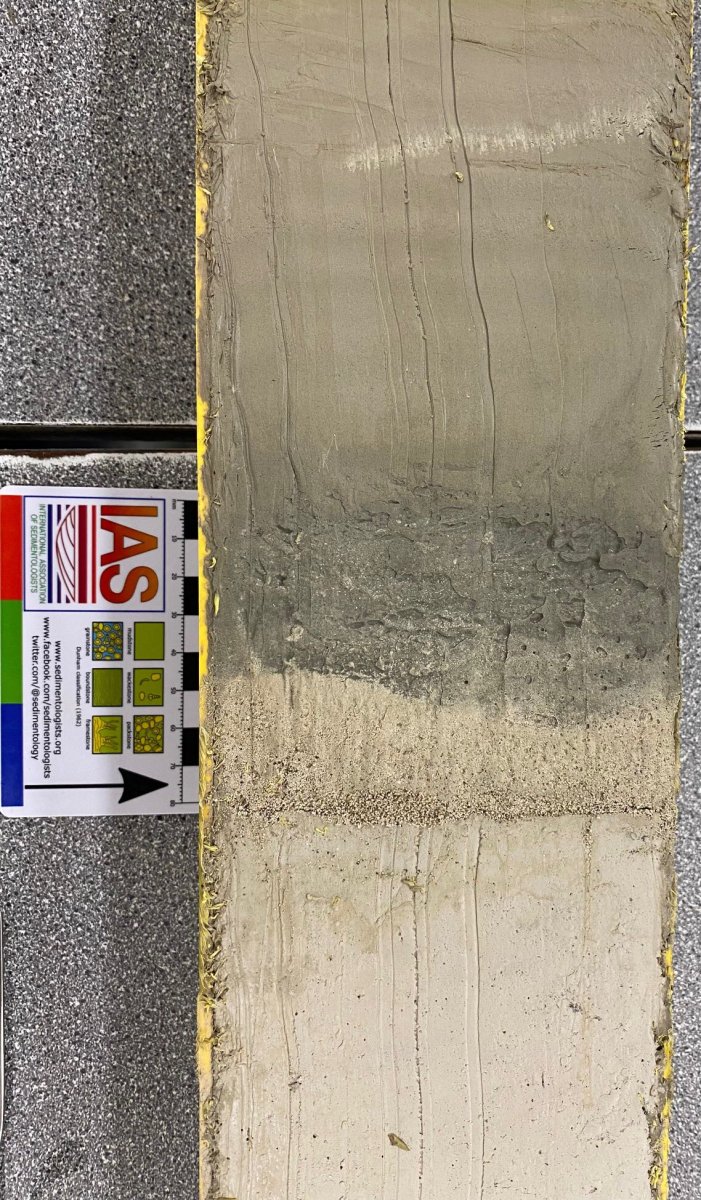BOSCORF was lucky to have Tatiana Glazkova from Royal Holloway University visit to log, scan and sample a legacy core collection from the JC027 cruise in 2009. Tatiana's research focuses on fine-grained sediments in the deep ocean, particularly those affected by bottom currents. She uses a range of data at multiple scales collected from deep marine gaps, where topographic constriction may be modifying currents and potentially amplifying their influence on the deposition of sediment. This is a great example of where BOSCORF's legacy collection of cores can be brought back to life to help the next generation of researchers explore new horizons in the deep sea. Tanya was kind enough to write about her experience at BOSCORF below:
"In early September, I visited BOSCORF to look at a number of sediment cores from the collection. The cores in question were JC27-53 and JC27-54, collected from over 5000 m (water depth) on the R/V James Cook in 2009, technically making them “legacy cores” though you wouldn’t think it given the excellent condition they are in.

The two JC27 cores come from the Theta Gap, a deep marine gap connecting the Biscay and Iberian abyssal plains, allowing sediment and bottom water to be exchanged between the two abyssal plains. But the sedimentary processes here are poorly defined, particularly with regards to how bottom currents flowing between the plains may be influencing sedimentation. For my project, I want to try and isolate this bottom current influence in the sedimentary record and see if this has fluctuated through time. By doing so it is possible to establish how the regional bottom water circulation has changed and then discuss what factors may be driving these changes.

But identifying such subtle changes is difficult. This is where XRF (X-ray Fluoresence) scanning of the archive halves is beneficial as it becomes possible to see variations in the geochemistry downcore. Scanning 14 m of sediment on the ITRAX at a 2000 μm resolution was fairly time consuming but the results should be well worth it. Meanwhile, I logged the cores to identify the boundaries and the most interesting features. Along with taking high resolution photographs with the Geotek Ltd. Linescan Imaging Camera, this will be essential for making sense of the XRF results.

We ended the week with the messy task of taking a u-channel from the working half of JC27-53. This preserves more the core for the future while still providing enough sediment for analysis. Looking to the future, these u-channels will be sampled for grainsize and we will take some thin sections across the most interesting parts of the core. I’m curious to see these under the microscope and to see what all the data collected at BOSCORF will reveal about the processes in Theta Gap.
Tanya Glazkova
PhD Researcher
Royal Holloway, University of London"
To keep up-to-date with Tanya's research, follow @LithicClast and @DriftersRHUL on Twitter (X)
BOSCORF is always keen to assist PhD students and early career researchers undertake essential data gathering on their sediment cores. Please get in touch if you would like to use our services: boscorf@noc.ac.uk
- Log in to post comments